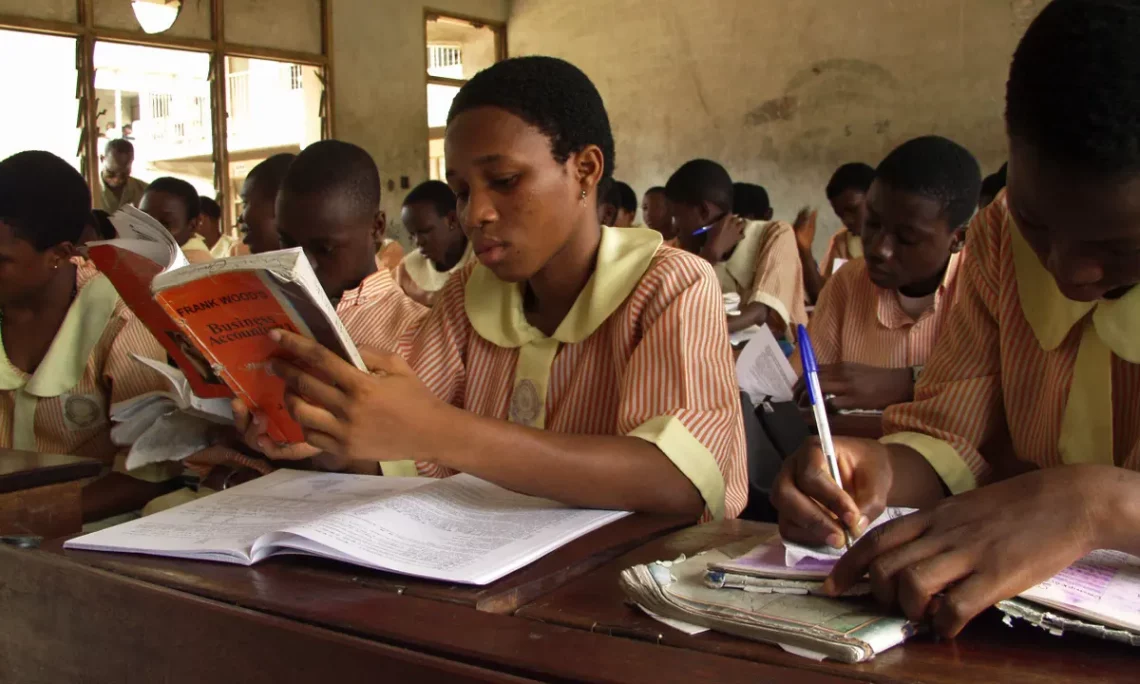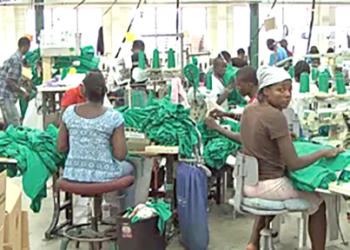As we approach the commencement of a new academic year, there has been much discussion on necessary steps for revival after the pandemic, addressing learning gaps and helping students get back into the swing of things. However, much has been lost in terms of work ethic, alignment with student learning outcomes and the learning gaps seem ever increasing, especially at the primary level. How much and how far can we push the students towards speeding up learning? Most of us have heard Einstein’s pearls of wisdom — ‘if you judge a fish by its ability to ride a bicycle, it’ll die believing it’s a failure’.
This might be a time to rethink how we can make goals easier and attainable for students. Half the battle is won if we have the students’ buy-in and they truly believe they can achieve their aims. If the work doesn’t seem too daunting or beyond reach, it is easier to convince students to invest time and effort, and that directly translates into greater motivation and improving performance.
In the new academic year, teachers must endeavour to help students identify specific targets as defined by the student learning outcomes, or SLOs, planned by the teacher. Using the SLOs, weekly targets can be easily planned for individual students — these are not necessarily the same targets for all students in the class. Targets can then be broken down into smaller tasks to be accomplished every day.
The next step might be to follow up on weekly progress and ask questions. Questions have the miraculous power of teaching children what information to look for. What do we need to know? How can we achieve the weekly targets? Children love planning and decision-making, and this may be a good time to teach them those skills.
One way of making targets more palatable is to tell stories — no matter what their age, human beings love stories. We can channel targets by packaging them as stories. For example, if we want to teach them about earthquakes or volcanoes and why they occur, we might want to start with the good old ‘once upon a time,’ narrating it in a way that makes them curious to know more and more.
The one-step-at-a-time approach often does wonders for a child’s self-confidence: if we acknowledge what they know and how far they have come and encourage them towards taking small steps towards their goals, they will put in a little more effort every day, until progress starts translating into leaps.
Sometimes, students need to be shown how to work. Instead of telling them, if we show them what good work looks like, they respond with greater motivation. One way of doing this is teaching through projects. Do we want to teach them good citizenship? Responsibility? Have them pick up litter in the playground, have them grow and water their own plants in the classroom or the garden, have them mediate to resolve a fight between two classmates. Projects can be done at all school levels, in and outside of the classroom.
Research shows a sense of community, belonging and connection with others improves academic performance. Working towards goals in groups, collaborating with others makes students want to learn and keeps them motivated, besides teaching them the lifelong skills of teamwork. Learning gaps can be addressed through motivational techniques that inculcate a sense of purpose, or inner drive and ambition.
The role of teachers involves looking closely to identify which one among our students lacks that ambition, and to ask ‘what’s not working for you?’ Often, it’s not the learning goals but the fear of falling short that keeps students from trying, especially in high-stakes exams where the academically intensive curriculum dwarfs the rewards of success against the threat of failure. Personalised instruction can mitigate some of these threats as can running regular diagnostics that show where the learning gaps lie. Diagnostics don’t necessarily involve waiting for tests to come around if the downward spiral has already begun.
The simple act of focusing on information is much harder for students in the post-Covid world where the exponential rise in the use of technology has meant an outpouring of distractions throughout the day. As children carry a spiderweb of information and emotional baggage to school, they are not necessarily receptive to more learning, especially if it doesn’t interest them.
One way of addressing resistance to learning is to reimagine ways to make it more engaging for them. Something in the old formula must change — a paradigm shift as it were — to enable teachers to be more creative in classrooms and more sensitive to individual needs.





